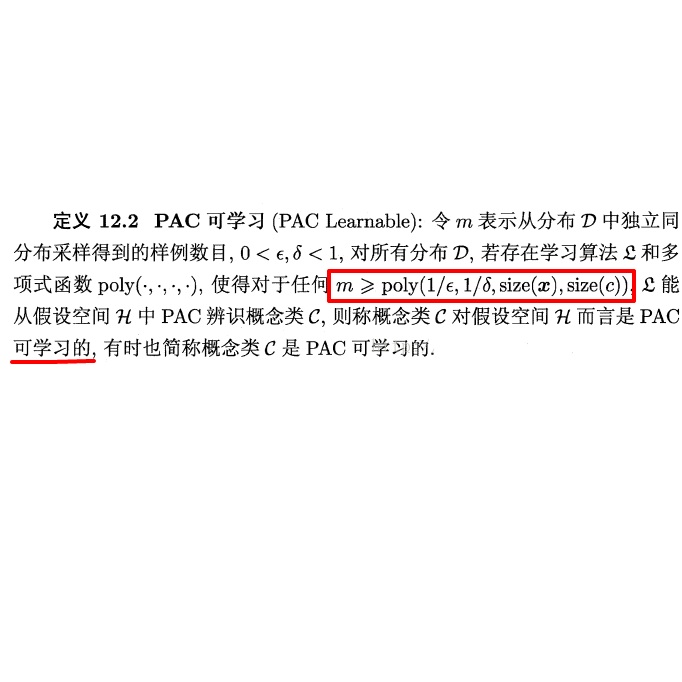While the decision-theoretic optimality of the Bayesian formalism under correct model specification is well-known (Berger 2013), the Bayesian case becomes less clear under model misspecification (Grunwald 2017; Ramamoorthi 2015; Fushiki 2005). To formally understand the consequences of Bayesian misspecification, this work examines the relationship between posterior predictive risk and its sensitivity to correct model assumptions, i.e., choice of likelihood and prior. We present the multisample PAC$^m$-Bayes risk. This risk is justified by theoretical analysis based on PAC-Bayes as well as empirical study on a number of toy problems. The PAC$^m$-Bayes risk is appealing in that it entails direct minimization of the Monte-Carlo approximated posterior predictive risk yet recovers both the Bayesian formalism as well as the MLE in its limits. Our work is heavily influenced by Masegosa (2019); our contributions are to align training and generalization risks while offering a tighter bound which empirically performs at least as well and sometimes much better.
翻译:虽然根据正确的模型规格,贝叶斯正式主义的决策理论最佳性是众所周知的(Berger,2013年),但贝叶斯案例在模型误判方面却不那么明显(Grunwald 2017年;Ramamoorthi 2015年;Fushiki 2005年)。 为了正式理解巴伊西亚误判的后果,这项工作审查了事后预测风险之间的关系及其对纠正模型假设的敏感性,即可能性和先前选择的敏感性。我们介绍了多种样本PAC$-Bayes风险。根据PAC-Bayes的理论分析以及对若干玩具问题的经验性研究,这种风险是有道理的。PAC$m-Bayes的风险具有吸引力,因为它要求直接尽量减少蒙特-Carlo的近似海象预测风险,但恢复了Bayes族正式主义和MLE的极限。我们的工作受到Masegosa(2019年)的严重影响;我们的贡献是协调培训和一般化风险,同时提供更紧密的制约,至少和有时更佳的经验性。




